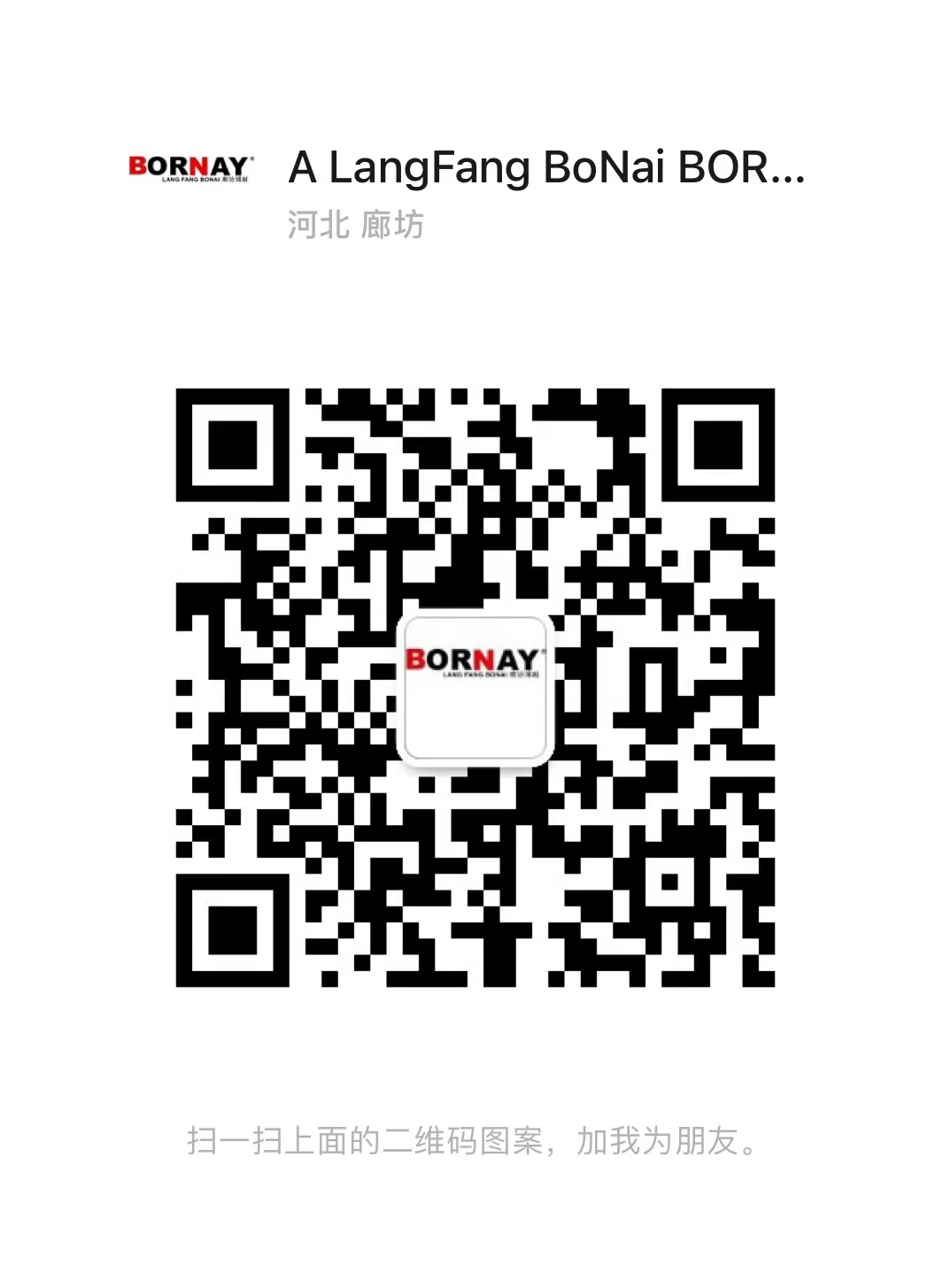Bienvenidos a Langfang-bonai
Greenhouse Material FRP Roofing Sheet Lighting Tile Corrugated Metal Roofing Sheet
Greenhouse construction is an important component of modern agricultural development, and the selection of greenhouse materials plays a crucial role in the construction and operation of greenhouses. Therefore, selecting appropriate greenhouse materials is crucial. This article will introduce and analyze three commonly used materials in greenhouse materials: fiberglass roof panels, lighting tiles, and corrugated metal roof panels, hoping to provide some useful references for greenhouse construction.
1、 Fiberglass roof panel
1. Characteristics of fiberglass roof panel materials
Fiberglass reinforced plastic material is a composite material composed of glass fiber reinforced material and resin. Due to its advantages of lightweight, high hardness, corrosion resistance, waterproofing, insulation, non aging, and overall molding, it is widely used in fields such as architecture, automobiles, ships, and bathroom. In greenhouse construction, fiberglass roof panels are widely used for covering the top and sides of greenhouses due to their good light transmittance and low thermal conductivity.
2. Advantages and disadvantages of fiberglass roof panels
Advantages:
(1) Lightweight and excellent load-bearing performance. Compared to metal materials, fiberglass roof panels are lightweight, so there is no need for excessive support frames, saving building materials and costs, and reducing construction workload.
(2) Excellent thermal insulation performance. The thermal conductivity of fiberglass is very low, so the heat inside the greenhouse will not be quickly dissipated, reaching a relatively stable temperature to ensure the growth of plants.
(3) Good transparency. The fiberglass roof panel is relatively transparent, allowing sunlight to fully illuminate the interior of the greenhouse, providing sufficient light for crops.
(4) Rainproof and dustproof. The surface of the fiberglass roof panel is smooth and not easy to attach debris. Rainwater can be quickly discharged and will not form accumulated water on the roof, ensuring that plants are not affected by rainwater erosion.
Disadvantages:
(1) The strength of fiberglass roof panels is not as good as that of metal roof panels, so it is necessary to pay attention to the load-bearing and seismic resistance of the materials during the construction process.
(2) Although fiberglass has good transparency, its ability to resist ultraviolet radiation is weak, and appropriate shading measures need to be taken to achieve better production yield.
2、 Lighting tiles
1. Characteristics of lighting ceramic tile materials
Lighting tile is a new decorative material, which is mainly composed of high transparent silicic acid chain material and special Optical medium. Due to its advantages such as crystal clear surface, bright colors, and good lighting effects, it is widely used in modern architecture. In greenhouse construction, lighting tiles are mainly used as lighting equipment in local locations, such as side walls, ceilings, or hanging ceilings.
2. Advantages and disadvantages of lighting tiles
Advantages:
(1) Good transparency. Lighting tiles penetrate sunlight, providing ample natural light for plants.
(2) Good waterproof performance, not easily affected by rainwater, and easy to clean.
(3) Strong UV resistance can effectively ensure the quality of light required for plant growth.
(4) The colors are diverse and can be selected according to needs to beautify the appearance and performance of the building.
Disadvantages:
(1) The cost is relatively high. Compared to other materials, the cost of lighting tiles is relatively high.
(2) It is necessary to strengthen its overall structural affirmation ability to ensure its safety and stability.
3、 Corrugated metal roof panel
1. Characteristics of corrugated metal roof panel materials
Corrugated metal roof panel is a roof covering material formed by technological processing using high-strength steel as the substrate. Its main advantages are light weight, easy installation, corrosion resistance, seismic resistance, and fire resistance, so it is commonly used as a cover for the top or side of greenhouses.
2. Advantages and disadvantages of corrugated metal roof panels
Advantages:
(1) High strength, stable and reliable, with good wind and seismic resistance performance.
(2) Lightweight, easy to install, and excellent drainage performance.
(3) Not easily corroded, with strong durability and long long-term service life.
Disadvantages:
(1) The structural requirements for buildings are high, and strengthening measures need to be taken.
(2) When the coverage area is large, it is easy to generate noise and waste light resources.
In summary, the commonly used fiberglass roof panels, lighting tiles, and corrugated metal roof panels in greenhouse materials have their own characteristics and advantages and disadvantages, and suitable materials should be selected based on the actual situation of greenhouse construction. In terms of material selection, it is necessary to consider the actual needs of the greenhouse, including transparency, insulation, waterproofing, load-bearing capacity, wind and earthquake resistance, and cost, to ensure that greenhouse construction can use the most reasonable material selection to achieve the best production effect.


